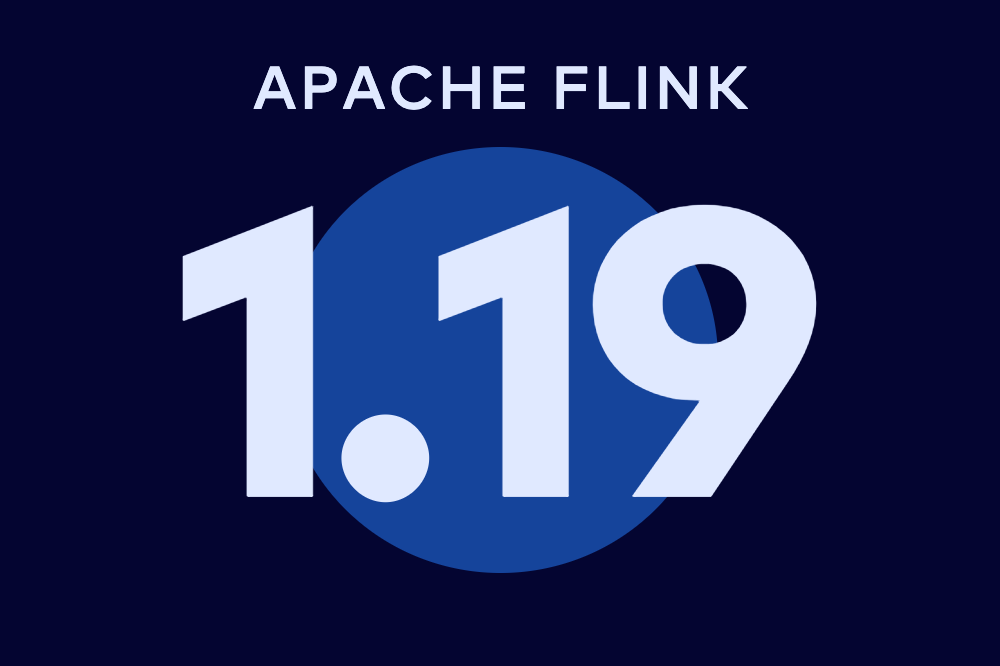[Webinar] AI-Powered Innovation with Confluent & Microsoft Azure | Register Now
Technology
Data Products, Data Contracts, and Change Data Capture
Change data capture is a popular method to connect database tables to data streams, but it comes with drawbacks. The next evolution of the CDC pattern, first-class data products, provide resilient pipelines that support both real-time and batch processing while isolating upstream systems...
Unlock Cost Savings with Freight Clusters–Now in General Availability
Confluent Cloud Freight clusters are now Generally Available on AWS. In this blog, learn how Freight clusters can save you up to 90% at GBps+ scale.
Contributing to Apache Kafka®: How to Write a KIP
Learn how to contribute to open source Apache Kafka by writing Kafka Improvement Proposals (KIPs) that solve problems and add features! Read on for real examples.
Introducing Confluent Cloud Freight Clusters
Learn how the latest innovations in Kora enable us to introduce new Confluent Cloud Freight clusters, which can save you up to 90% at GBps+ scale. Confluent Cloud Freight clusters are now available in Early Access.
How to Create a docker-compose.yml File With Kafka Docker Composer
Learn how to create a docker-compose.yml file for Kafka using Kafka Docker Composer. Set up clusters, perform failover testing, and more with this guide.
Schema Registry Clients in Action
Learn about the bits and bytes of what happens behind the scenes in the Apache Kafka producer and consumer clients when communicating with the Schema Registry and serializing and deserializing messages.
How to Securely Connect Confluent Cloud with Services on Amazon Web Services (AWS), Azure, and Google Cloud Platform (GCP)
The rise of fully managed cloud services fundamentally changed the technology landscape and introduced benefits like increased flexibility, accelerated deployment, and reduced downtime. Confluent offers a portfolio of fully managed...
How to Process GitHub Data with Kafka Streams
Learn how to track events in a large codebase, GitHub in this example, using Apache Kafka and Kafka Streams.
Best Practices for Confluent Schema Registry
Learn best practices for using Confluent Schema Registry, including understanding subjects and versions, pre-registering schemas, using data contracts, and more.
Introducing Tableflow
Learn about our vision for Tableflow, a new feature in private early access that makes it push-button simple to take Apache Kafka® data and feed it directly into your data lake, warehouse, or analytics engine as Apache Iceberg® or Delta Lake tables.
Confluent Cloud for Apache Flink Is Now Generally Available
We're thrilled to announce the general availability of Confluent Cloud for Apache Flink across all three major clouds. This means that you can now experience Kafka and Flink as a unified, enterprise-grade platform to connect and process your data in real time.
Build, Connect, and Consume Intelligent Data Pipelines Seamlessly and Securely
We’re excited to share the latest and greatest features on Confluent Cloud, in our first launch of 2024. Learn more about our latest updates including serverless Apache Flink, exciting pricing changes, updates to connectors, and more!
Exploring Apache Flink 1.19: Features, Improvements, and More
Check out all the highlights from the Apache Flink® 1.19 release!
Introducing Apache Kafka 3.7
Apache Kafka 3.7 introduces updates to the Consumer rebalance protocol, an official Apache Kafka Docker image, JBOD support in Kraft-based clusters, and more!
Effortless Stream Processing on Any Cloud – Flink Actions, Terraform Support, and Multi-Cloud Availability
Several key new features have been added to Confluent Cloud for Apache Flink this year including Topic Actions, Terraform support, and expansion into GCP and Azure. Let's take a look at these enhancements and how they empower users to harness the full potential of streaming data.
Data Products, Data Contracts, and Change Data Capture
Change data capture is a popular method to connect database tables to data streams, but it comes with drawbacks. The next evolution of the CDC pattern, first-class data products, provide resilient pipelines that support both real-time and batch processing while isolating upstream systems...
New with Confluent Platform: Seamless Migration Off ZooKeeper, Arm64 Support, and More
Over the last two years, we have periodically announced Confluent Platform releases, each building on top of the innovative feature set from the previous release. Today, we will talk about some of these core features that make hybrid and on-premises data streaming simple, secure, and resilient.







